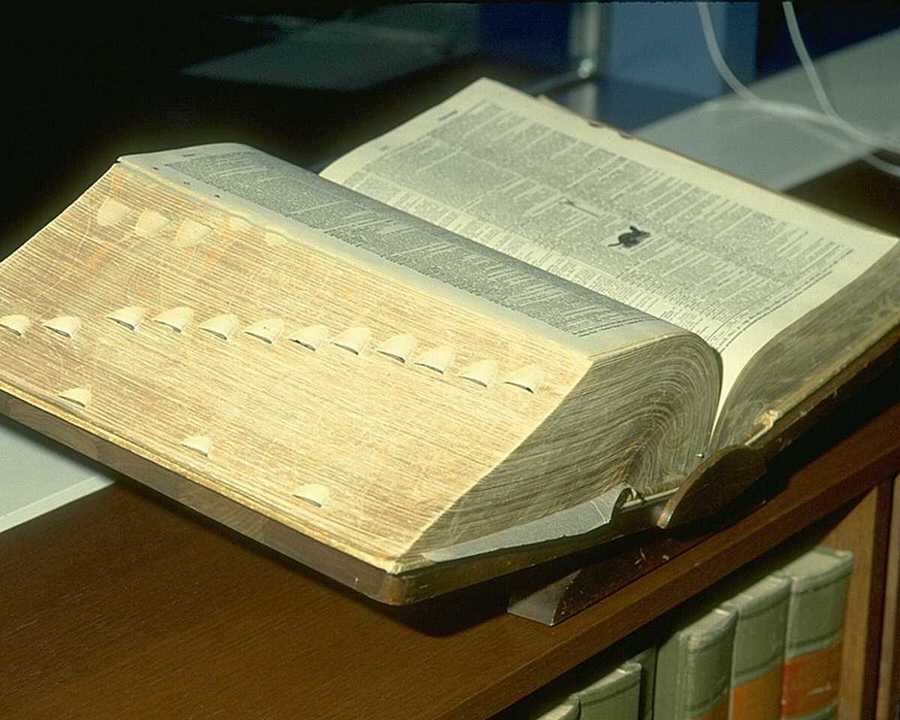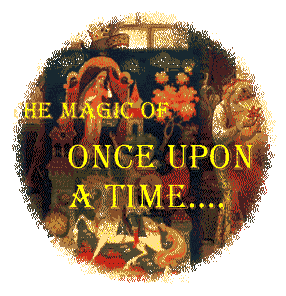|
Narrative Logo - Click for Main Menu Lecture V: Tale Types and Motifs
The Incredible Scope of Tale Types What are Tale Types and Motifs and What do they do? This explanation is from the The British Columbia Folklore SocietyThe Motif Index: what it is, and what it does.
Throughout issues of B.C.Folklore many folktales and beliefs have been followed by odd-looking letters and numbers with references made to the Motif Index. These references may not have meant very much to some readers. Consequently we thought we might republish an article that first appeared in BCF explaining what the Motif Index is all about, together with a list of suggested additions to the Motif Index that we have developed during this time. In order to compare folk tales, and understand their distribution, they are classified by an indexed system called the Types of the Folk Tale. Generally tales are made up of a number of specific elements in order to make them work as tellable tales. These elements are known as motifs. To be accepted as a motif the element needs to be an identifiable unit of the tale's makeup or character and, by giving it a number within an alphabetical system, one can quickly access similar motifs, seeing where they occur and how common they are. Describing comparative examples of specific elements within a tale, the Standard Dictionary of Folklore says: "It must be more than commonplace. A mother as such is not a motif. A cruel mother becomes one because she is at least thought to be unusual. The ordinary processes of life are not motifs. To say that ‘John dressed and walked to town’ is not to give a single motif worth remembering; but to say that the hero put on his cap of invisibility, mounted his magic carpet, and went to the land east of the sun and west of the moon is to include at least four motifs - the cap [D1067.2.] [D1361.15.], the carpet [D1155.], the magic air journey [D2120.], and the marvelous land [F771.3.2.]. Each of these motifs lives on because it has been found satisfying by generations of tale-tellers.1 Before such a complex system can work, a huge number of tales must be read, analysed, and, together with details of their source, be entered, piece by piece, into the index. To give some idea of the size of the basic Motif Index, the largest single volume of the six-volume set is the 893-page index to the Index. This is the essence of the Motif Index, but folklore is not a static science, and newly found tales, and variations of existing tales, are continually being unearthed, and these sometimes include previously unrecorded motifs. With so much work having already been done in compiling the basic Index, it is generally possible to suggest a new number be assigned to a previously unrecorded motif, closely based on a motif that already exists. Additions to the already published system, therefore, are cited by people who are aware of the system and who think they may have discovered an aspect of a tale previously not documented, not documented from that area, or varying sufficiently from another established index number, to warrant its recognition. These numbers usually either have the word ‘suggested’ in brackets after them, or are indicated by a section mark (§), with a note to the same effect. They pretty well remain in this state of suspended animation until they become accepted, changed slightly, or dismissed, by a properly recognised, responsible, world committee of folklore scholars, such as the Folklore Fellows, at the Finnish Academy of Sciences in Helsinki. For that to happen, however, it is necessary for any such committee to be aware of what additional motifs are being submitted to the science, and therefore the importance of networking within the fellowship of folklore should be readily apparent. Finally, all the numbers end with a full stop, e.g. D413.2. This does two things. First, the number is essentially a sentence in itself and therefore the end of the number is the end of the description. It also defines the number and, if the stop is left out, it is not clear that the number is complete. Notwithstanding this rule there are many authors who display a certain lack of discipline by leaving the final point out. When the number is part of a sentence, on the other hand, the stop may be omitted, as Stith Thompson himself has shown. Websites Dealing with Folklore, Storytelling, and Motif Indexing {I recommend that you bookmark these pages as you visit them - they will be so useful to you in your research ahead!}
Research Tools--Tale Types and Tale Motifs 1. The Types of the Folktale: A Classification and Bibliography (second rev. 1961) by Antti Aarne and Stith Thompson, Helsinki: 1961. Folk Lore Fellows Communications #184.
Tinkerbell from Peter Pan - a classic fairy with a magic wand This volume explores the basic types of the folktale. In 1910, Antti Aarne, a Finnish scholar, devised a catalog of Tale Types - a recognizable tale for which variants are known. His work was translated and enlarged by Stith Thompson of Indiana University in 1928. In this work 2,499 tale types are given numbers and categorized into five divisions: Animal Tales, Ordinary Folktales, Jokes and Anecdotes, Formula Tales, and Unclassified Tales. As we can see, the Tale Type index deals with whole tales, but, in an effort to further illuminate the nature of the folk tale, Thompson continued his research by compiling a far larger (ten times larger) compendium that explores motifs - "the smallest element that persists in tradition." 2. The Motif-Index of Folk Literature (6 vols., revised ed.) by Stith Thompson. Bloomington, Ind.: Indiana University Press, 1955-58. Motif-Index of Folk-Literature six volumes at $75 dollars a pop. largest single volume of the six-volume set is the 893-page
index to the Index. Thompson's six volume Motif-Index of FolkLiterature (1932-37) is considered the international key to traditional material, and it has been said that Thompson was responsible for putting the study of folklore in the United States on a solid, scholarly basis. After he retired as distinguished service professor of English and folklore at Indiana University in June 1955, he returned to the University of Texas as a visiting professor of English during the spring semester of 1956. Thompson and his wife traveled widely after his retirement, but he continued to work in the field of folklore. He wrote autobiographies in 1956 and 1966. Stith Thompson died on January 13, 1976, in Columbus, Indiana; he was buried in the family cemetery outside Springfield, Kentucky. The Motif Index is arranged in order of motif-types, A. Mythological Motifs
Despite the extent of these volumes, new additions are being suggested every year. These new additions to the Thompson Index have been suggested by the British Columbia Folklore Society (an indication of the way that new stories that are added to the legendstock may need new categories). A192.1.2.0.*
Flying Yellow Fairy and Fairy Dust tests, for example, might include [H 11.1] Recognition by telling life history
3. Type and Motif-Index of the Folktales of England and North America by Ernest Baughman. the Hague, Holland: Mouton and Co., 1966. Baughman's Index is modeled on Thompson, but deals exclusively with English language folktales found in the British Isles and North America. You can consult with our library about getting access to these and other important resources for completing your own papers. |


